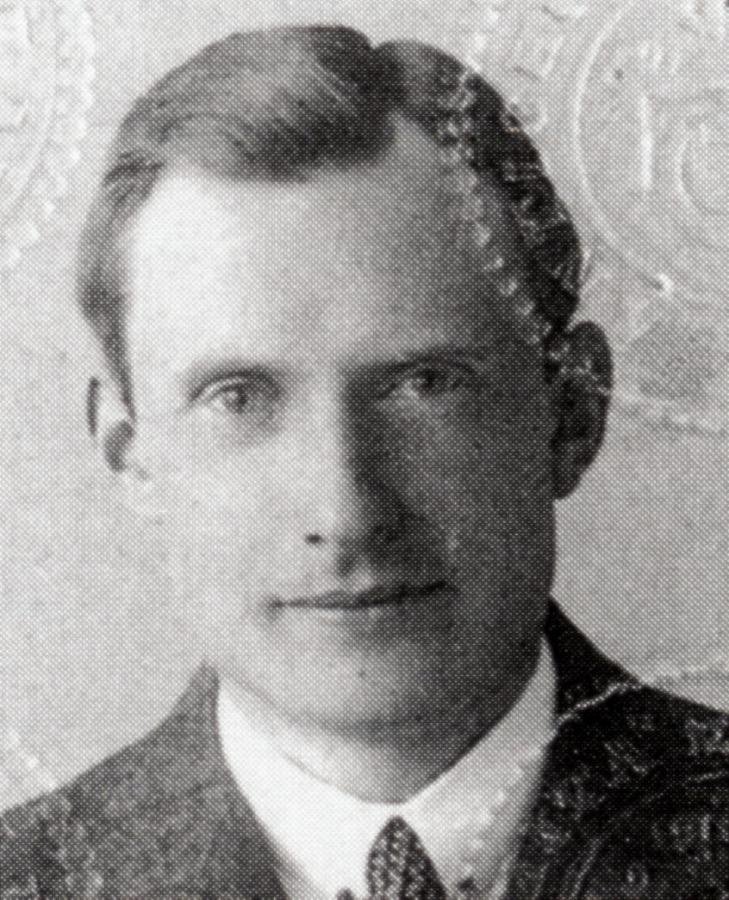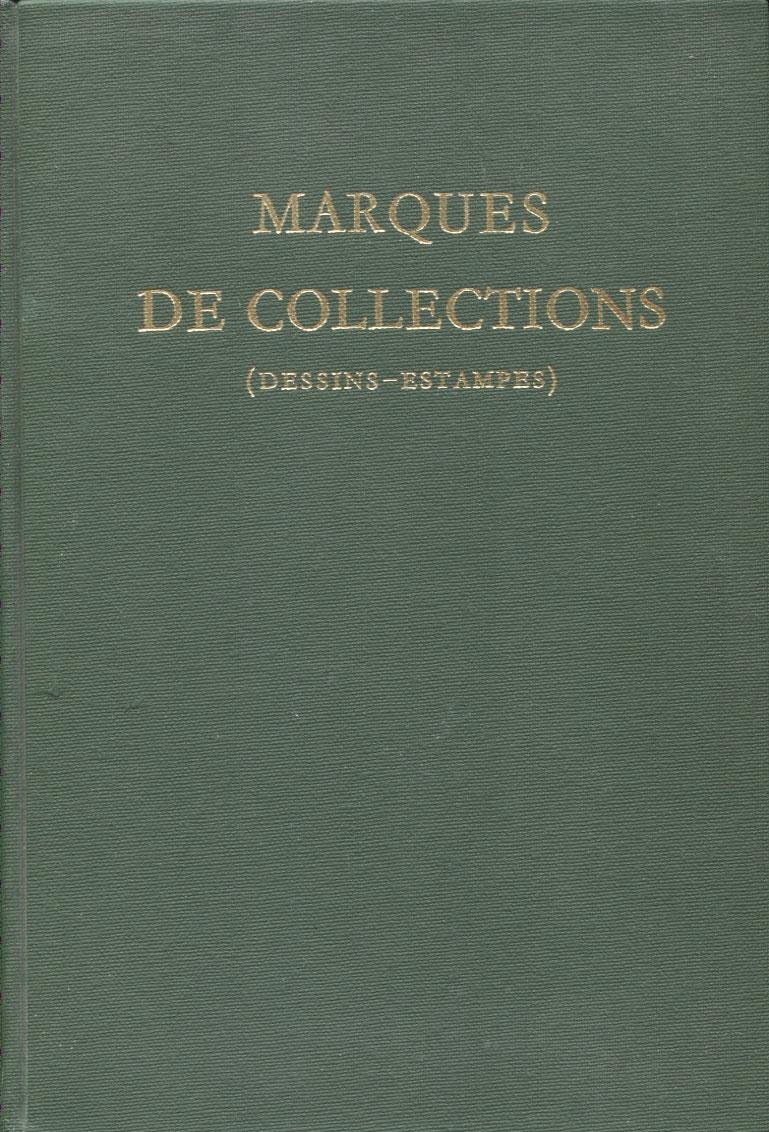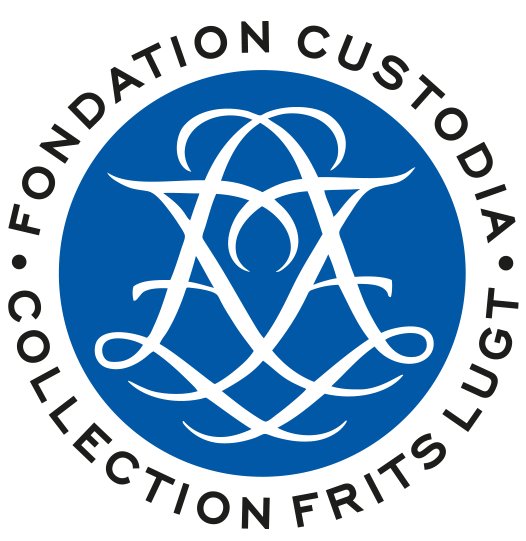Demystifying Drawings #7
Monday, 1 April 2024. Newsletter 7.
HOW TO:UNDERSTAND A COLLECTOR’S MARK




-
Marks may be subtly placed in a dense corner of the drawing, or on a more obvious blank area of a supporting mount.
-
Look at the text (initials, words, numbers etc), image (animal, geometric shape etc), technique (handwritten, stamped etc), colour etc.
-
Enter as much information as possible into the search engine and explore the results.
-
If no result corresponds to the mark you are looking for you can enlarge your search by deleting a query. For example, ‘colour’, as not all possible colours may have been indexed, or an initial that might not be clear. If the mark you are looking for is still not part of the results, do not hesitate to contact the Fondation Custodia collectors’ marks team at: marques@fondationcustodia.fr.
To mark the recent launch of the new Marques de Collections website, our editor speaks with Rhea Sylvia Blok, conservateur at the Fondation Custodia, Paris, about collectors’ marks, their history and the changes to the database.
Marques de Collections
Collectors’ marks are integral to the understanding of a drawing’s history, but they are little known or understood outside of the sphere of drawings enthusiasts. As remarked upon at a recent event at Master Drawings New York, drawings people are bonded by a mutual understanding of subject-specific terms like ‘Lugt number’ and ‘counterproof’ and are liable to spend much of their time discussing things like ‘hands’. Thanks to Marques de Collection however, collectors’ marks need not be the domain of the specialist and can be easily understood with the aid of this invaluable tool.
In simple terms, what is a collector’s mark and what can it tell us about a drawing?
Strictly speaking, a collector’s mark is a sign applied by a collector on a work of art indicating that the work in question is part of his collection. In his reference work on collectors’ marks however, Frits Lugt used a larger definition and published all types of signs indicating a provenance, written or stamped, including marks applied after the death of a collector for example, or signs that were not applied as a mark (like inventory numbers or inscriptions). Lugt also included institutional stamps, studio stamps, mounters marks etc. These signs help us to reconstruct the provenance of a work of art, giving us all kind of information about the history of collecting prints and drawings.
There are hundreds of collectors’ marks, and they vary in form, size and shape (eg: a stamped eagle’s head, an embossed initial, a handwritten number etc), so how can one trace to whom they belong?
Before 2010, when searching information on a collector’s mark, one would use the two volumes published by Frits Lugt in 1921 and 1956. In these books the marks are organised alphabetically, followed by a section organised by image, grouping representations of animals together for example, and finishing with samples of paraphs, numbers and inscriptions. In both volumes Lugt gave each mark a number. The success of the reference work is attested by the use of these numbers in all catalogues on works on paper, and by calling these numbers ‘Lugt numbers’.
After the publication of his Supplement in 1956, Lugt continued assembling information on collectors’ marks, as he hoped that a new supplement would be published one day by his successors. In 2010, an online database was launched by the Fondation Custodia (with the support of the musée du Louvre), freely accessible for all. The possibilities of a database largely outweighed those of the traditional book format, notably for searching a mark, as more types of queries are possible. An important advantage is also that the user can search on parts of the text (minimum of 3 letters) if a text in a mark is partly illegible.
In the database you find all the information published by Frits Lugt. You can access them by clicking on the tabs “1921” or “1956”. The new information we have added is published under the tab “since 2010”.
The digital database has just been updated. What has changed?
In order to adapt to new evolutions in information technology, we have undertaken an overhaul of the Marques de collections online database. This new version has the same configuration as the old website, but with a few new features. At the request of many of our users, we have created a section “New” where the latest marks published online will be displayed for three months.
New features in the search field are notably that more queries can be combined. Also, it is now possible to choose the type of text search in the articles, selecting either “contains the words” or “exact phrase”. The latter allows you to search for Rembrandt’s famous etching The Three Trees, for example.
As for the search results: users can choose between a presentation in the form of a list or gallery. A display of the search criteria is a useful reminder of the query made. When accessing a record from the list or gallery display, you can go directly to the next record without having to return to the results page.
How often is new information added to the database?
Updates are published once a month by the collectors’ marks team. This consists of the publication of new marks, an additional text to marks already published by Lugt containing new information, or corrections of published articles.
Part two of the interview will follow in next month’s newsletter.
